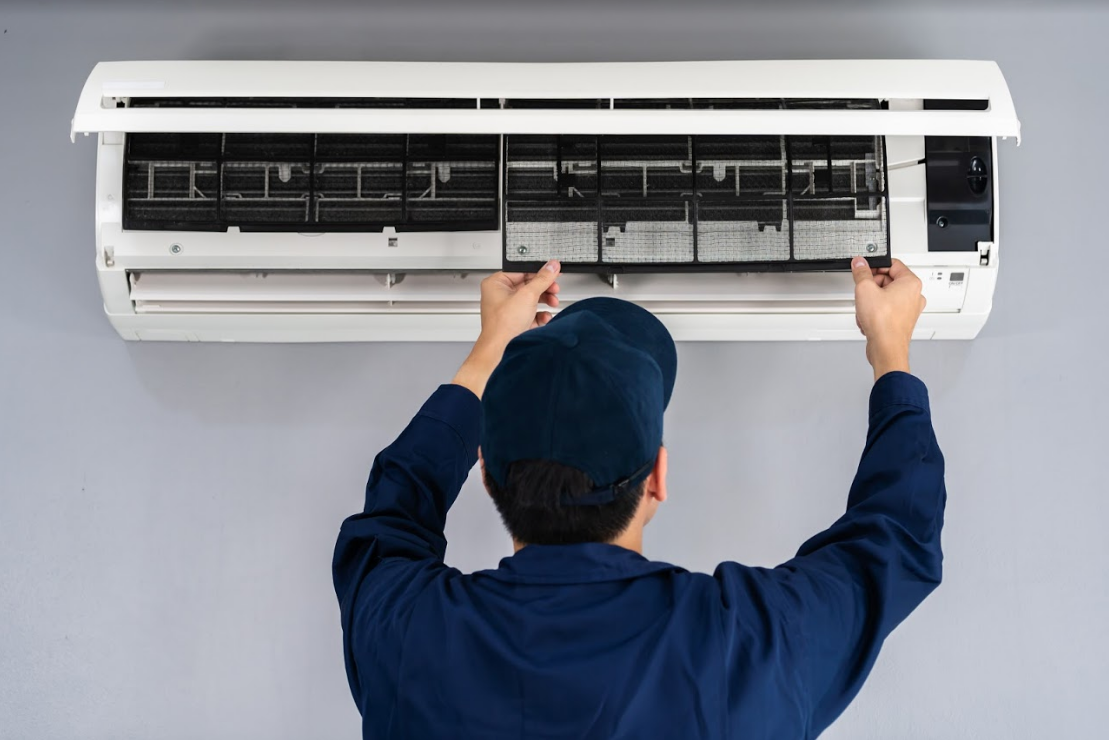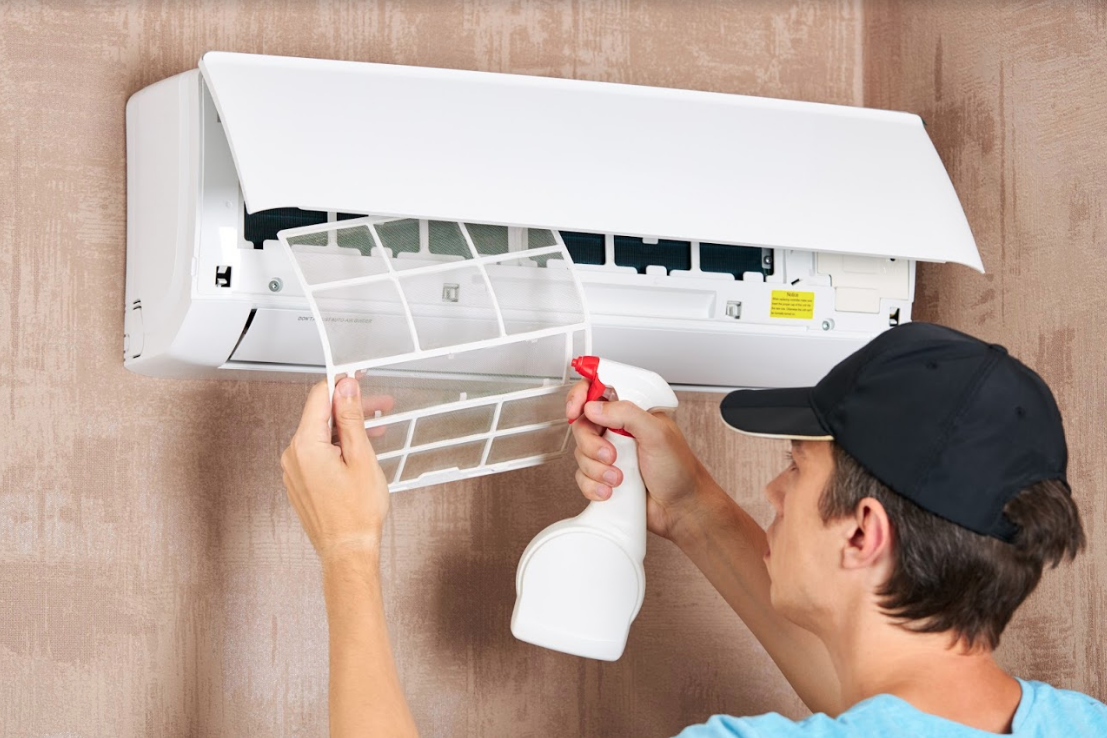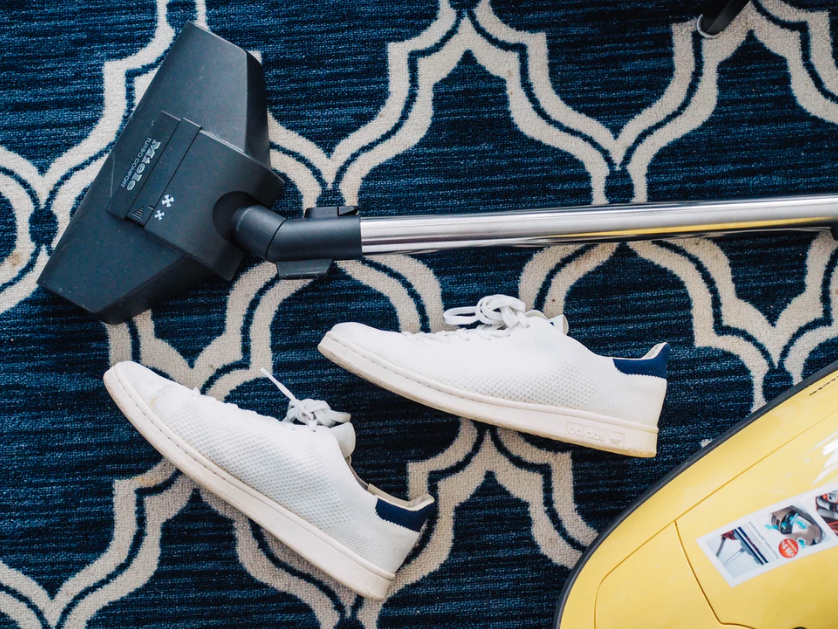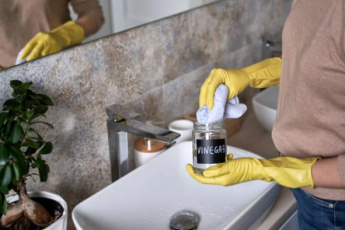How to Clean & Maintain a PTAC Air Conditioner

The average PTAC (packaged terminal air conditioner) lasts for seven years, but with regular maintenance, a PTAC can last for over ten years!
 Photos By: Adobe Stock Photos
Photos By: Adobe Stock Photos
Aside from extending your PTAC system’s lifespan, regular cleaning and maintenance will preserve air conditioner energy-efficiency and performance. Also, a clean unit ensures optimal indoor air quality and reduces the need for frequent expensive repairs. Are you worried about the cost and hassle of maintaining a PTAC? Airconditionerlab.com states that compared to other AC systems, PTACs often require less time and money to maintain, and you can preserve them with a few simple steps.
Monthly Maintenance
Cleaning your PTAC unit every month is not as troublesome as it sounds. You can complete it under 30 minutes, and it will keep your system running smoothly for years.
Perform your monthly maintenance by:
1. Cleaning the Air Filters
Your PTAC improves air quality by using filters to capture airborne debris and allergens. This useful feature makes your indoor air easier to breathe and healthier, especially if you have allergies or a respiratory illness. Because air filters work nonstop, they quickly accumulate dirt, leading to reduced performance and air quality. According to Coolandportable.com use the vacuum tube to clean dirt and dust etc. After that, use some antibacterial soap for the filter. Cleaning the filters involves pulling them out of the unit’s front panel. When removing the filters, do it carefully to avoid dropping some of the accumulated dirt back into the unit. Once the filters are out, rinse the dirt off with running water.
After cleaning the filters, set them aside to air dry before putting them back in the AC unit. If you cannot wait for the filters to dry, clean with a vacuum cleaner instead of running water. If the filter has a tear in it, you’ll need to go ahead and replace it. Filters with holes in them won’t do you much good at all.
2. Cleaning the Vent Screen
Vent screens prevent harmful objects from getting into the AC unit. The screen quickly accumulates dirt because air constantly passes through it. If you leave it dirty, it will contaminate the clean air from the AC filter before it reaches the room. Because cleaning the vent screen will involve touching parts inside the PTAC unit, unplug the system before working on it. Otherwise, an electrical accident may occur. After unplugging it, remove the AC cabinet’s front according to the system’s manual. With most hotel-style PTAC units, all you have to do is pull the front’s underside and then lift to remove the cover. Other designs may require undoing screws. Behind the cabinet cover, you will find the AC’s chassis. Undo the chassis’ screws and remove it from the wall sleeve to access the vent screen. You can then clean the screen with a vacuum or duster. After cleaning, put the unit back together and plug in the system.

3. Cleaning the Cabinet Front
The cabinet front we earlier removed to reach the vent screen will also need cleaning. Wipe it with a damp cloth to get rid of accumulated dust. Clean the discharge air grille as well, and any other visible surfaces. To be safe, unplug the system before cleaning and take care to ensure water doesn’t touch any of the unit’s electrical components.
Also, avoid using any strong detergents or ammonia-based cleaners on your AC unit. Such cleaning products contain compounds that can damage your PTAC’s components.
Yearly Maintenance
Annual PTAC maintenance is more thorough than the regular monthly maintenance. It involves an inspection and a deep clean of the unit. If you are in an area with severe air pollution, we recommend getting a deep clean PTAC service quarterly instead of yearly. Getting quarterly maintenance is also advisable if you are using PTACs in a healthcare facility. Without frequent deep cleaning, the system will be unable to maintain optimal air quality to aid the recovery of patients. While you can perform yearly maintenance yourself, it is advisable to have a professional do it. There might be a need for heavy lifting, and a PTAC maintenance expert has the training and tools to perform the job thoroughly.
While specific maintenance requirements will vary between different PTAC models, deep cleaning will generally involve:
- Cleaning or replacing air filters
- Cleaning the wall sleeve and checking the caulking around it to ensure it is still weatherproof
- Inspecting the condenser coil for damage and cleaning it, which requires dismantling most of the unit
- Identifying worn-out components and replacing them
- Inspecting the thermostat and other PTAC unit controls
- Cleaning the base pan to prevent water leakage
- Disinfecting the unit to prevent mold and other bacteria and fungi growth
- Checking the refrigerant level and making sure there are no leaks
- Performing a clearance check to verify the system is still energy-efficient and performing safely
Conclusion
Maintaining a clean PTAC can save you hundreds of dollars in the long run. With that in mind, don’t neglect your monthly cleanings. For the yearly cleaning, hire a licensed professional for the job. Before hiring a PTAC maintenance expert, verify that the technician has experience cleaning your specific AC model. If your technician is unaware of the specific requirements of your PTAC, they may end up doing more harm than good. The technician should also be able to advise you on how to improve your AC’s performance and extend its lifespan.







Leave a Comment